Home>Furniture & Design>Interior Design Trends>What Is Mineral Glass
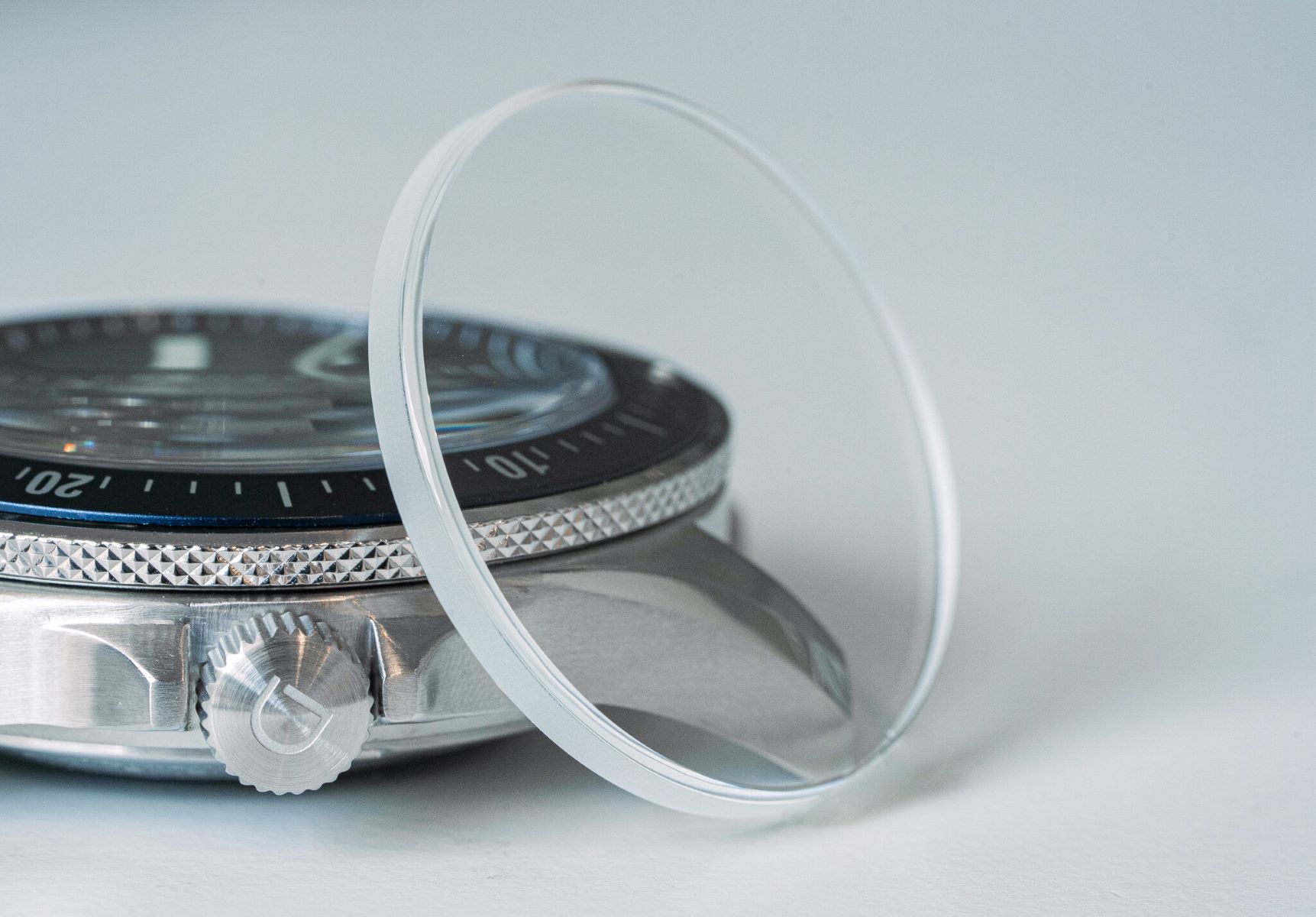

Interior Design Trends
What Is Mineral Glass
Modified: October 19, 2024
Discover the latest interior design trends with our guide to mineral glass, a versatile and stylish material for modern decor. Explore its uses and benefits today!
(Many of the links in this article redirect to a specific reviewed product. Your purchase of these products through affiliate links helps to generate commission for Storables.com, at no extra cost. Learn more)
Introduction
Mineral glass, a material that has been revolutionizing the world of interior design, is a versatile and durable option that has gained immense popularity in recent years. This type of glass is not only aesthetically pleasing but also offers a range of practical benefits, making it a sought-after choice for various applications in both residential and commercial spaces.
The unique properties of mineral glass make it an exceptional choice for interior design, as it seamlessly combines functionality with elegance. From sleek countertops to stunning wall panels, mineral glass has become a go-to material for designers and homeowners alike, seeking to elevate the visual appeal and functionality of their living and working spaces.
As we delve deeper into the composition, properties, and uses of mineral glass, it becomes evident that this material is not just a trend but a timeless and versatile option that continues to shape the landscape of modern interior design. Let's explore the fascinating world of mineral glass and uncover the myriad ways in which it enhances the beauty and functionality of interior spaces.
Key Takeaways:
- Mineral glass is a durable and versatile material that enhances the beauty and functionality of interior spaces. Its transparency, durability, and resistance to stains make it a premier choice for modern design.
- Compared to other types of glass, mineral glass stands out for its exceptional transparency, durability, and resistance to stains and chemicals. It offers a harmonious blend of aesthetics and functionality for interior design.
Read more: Why Is Glass Not A Mineral
Composition of Mineral Glass
Mineral glass, also known as soda-lime-silica glass, is a type of glass composed of a mixture of silica (silicon dioxide), sodium oxide, and calcium oxide. This combination results in a transparent and durable material that is widely used in interior design applications. The primary components of mineral glass include:
-
Silica (Silicon Dioxide): This is the main ingredient in mineral glass, constituting approximately 60-75% of its composition. Silica is responsible for the glass's transparency and strength, providing the foundation for its structural integrity.
-
Sodium Oxide: Comprising around 12-18% of the composition, sodium oxide acts as a flux, lowering the melting point of silica and facilitating the glass-forming process. It also enhances the glass's workability and malleability during production.
-
Calcium Oxide: Making up approximately 5-12% of the composition, calcium oxide serves as a stabilizer, contributing to the glass's durability and resistance to chemical degradation. It also helps in reducing the solubility of the glass in water.
The precise proportions of these components, along with the addition of other trace elements, are carefully controlled during the manufacturing process to achieve the desired properties in the final mineral glass product. This meticulous composition ensures that mineral glass exhibits exceptional clarity, strength, and versatility, making it an ideal choice for a wide range of interior design applications.
The careful balance of these components results in a material that is not only visually stunning but also highly functional. The composition of mineral glass plays a crucial role in its ability to withstand daily wear and tear, making it a reliable and long-lasting option for various interior design elements.
In the next section, we will delve into the remarkable properties of mineral glass, shedding light on its unique characteristics that set it apart as a premier choice for interior design.
Properties of Mineral Glass
Mineral glass boasts a remarkable set of properties that distinguish it as a top-tier material for interior design applications. These properties contribute to its widespread use in various architectural and decorative elements, elevating the visual appeal and functionality of interior spaces.
1. Transparency and Clarity
One of the most striking features of mineral glass is its exceptional transparency and clarity. This property allows natural light to permeate through the material, creating an open and airy ambiance within interior spaces. Whether used for countertops, partitions, or decorative panels, the transparency of mineral glass adds a sense of spaciousness and luminosity to the environment.
2. Durability and Strength
Mineral glass is renowned for its robustness and resistance to scratches and abrasions. This durability makes it an ideal choice for high-traffic areas, such as kitchen countertops and tabletops, where it can withstand the rigors of daily use without losing its luster. The strength of mineral glass also ensures longevity, making it a sustainable option for interior design elements.
Read more: How To Remove Mineral Deposits From Glass
3. Versatility in Design
The malleability of mineral glass during the manufacturing process allows for a wide range of design possibilities. It can be shaped, textured, and colored to suit diverse aesthetic preferences, offering designers the flexibility to create custom pieces that align with their vision. From sleek, minimalist surfaces to intricately patterned panels, mineral glass adapts to various design styles with ease.
4. Stain and Chemical Resistance
Mineral glass exhibits excellent resistance to stains and chemicals, making it an ideal choice for kitchen and bathroom applications. Its non-porous surface repels liquids and prevents the absorption of stains, enhancing its practicality in areas prone to spills and splashes. Additionally, the resistance to chemical degradation ensures that mineral glass maintains its pristine appearance over time.
5. Thermal Stability
With its ability to withstand fluctuations in temperature, mineral glass is well-suited for both indoor and outdoor use. Whether incorporated into interior partitions or exterior facades, its thermal stability allows it to endure varying climate conditions without compromising its structural integrity or visual appeal.
6. Hygienic Properties
The non-porous nature of mineral glass makes it inherently hygienic, as it discourages the growth of bacteria and mold. This feature is particularly advantageous in kitchen and bathroom settings, where cleanliness and sanitation are paramount.
In summary, the exceptional properties of mineral glass position it as a premier choice for interior design, offering a harmonious blend of aesthetics and functionality. Its transparency, durability, versatility, and resistance to stains and chemicals make it a valuable asset in creating captivating and enduring interior spaces.
Read more: What Is Mineral Wool Insulation
Uses of Mineral Glass
Mineral glass finds a myriad of applications in interior design, where its unique properties and versatility elevate the aesthetic appeal and functionality of various elements within residential and commercial spaces. From sleek countertops to decorative partitions, mineral glass offers a range of uses that cater to the diverse needs of modern interior design.
1. Countertops and Surfaces
Mineral glass is a popular choice for kitchen and bathroom countertops due to its exceptional durability, stain resistance, and hygienic properties. Its non-porous surface makes it easy to clean and maintain, while its thermal stability allows it to withstand the rigors of daily use. The transparency and clarity of mineral glass also contribute to a modern and spacious feel, making it an ideal surface material for contemporary interior spaces.
2. Decorative Panels and Partitions
Incorporating mineral glass panels into interior partitions and decorative features adds a touch of elegance and sophistication to any space. Whether used to create visually striking room dividers or as decorative wall panels, mineral glass enhances the aesthetic appeal while allowing natural light to permeate through, creating a sense of openness and fluidity within the environment.
3. Furniture and Fixtures
The versatility of mineral glass extends to furniture and fixtures, where it can be utilized to craft sleek and modern pieces such as tables, shelving, and display units. Its malleability during production allows for custom designs, enabling designers to create unique furniture elements that seamlessly integrate with the overall interior design scheme.
Read more: What Does A Hot Tub Mineral Stick Do
4. Lighting Features
Mineral glass is an excellent material for lighting fixtures, offering a combination of transparency and thermal stability that enhances the visual impact of lighting elements. Whether used for pendant lights, sconces, or decorative lamps, mineral glass diffuses light in a captivating manner, creating an inviting ambiance within interior spaces.
5. Architectural Elements
From balustrades to exterior facades, mineral glass lends itself to a wide range of architectural applications. Its durability, resistance to environmental factors, and ability to withstand temperature variations make it a reliable choice for both interior and exterior architectural elements, contributing to the overall design coherence of a space.
6. Artistic Installations
Designers and artists often utilize mineral glass as a medium for artistic installations, leveraging its transparency and versatility to create captivating visual displays. Whether incorporated into sculptures, murals, or custom art pieces, mineral glass adds a layer of sophistication and artistic expression to interior spaces.
In essence, the uses of mineral glass in interior design are diverse and impactful, offering a harmonious blend of aesthetic appeal and practical functionality. Its adaptability across various design elements makes it a valuable asset for creating captivating and enduring interior spaces that resonate with modern design sensibilities.
Comparison with Other Types of Glass
When comparing mineral glass with other types of glass commonly used in interior design, it becomes evident that each variant possesses distinct characteristics that influence their suitability for specific applications. Understanding the differences between mineral glass and its counterparts provides valuable insights for designers and homeowners seeking the most fitting material for their interior design endeavors.
Read more: How To Store Mineral Spirits
1. Tempered Glass
Tempered glass, known for its enhanced strength and safety features, is often utilized in applications where impact resistance is crucial, such as shower enclosures and glass doors. While tempered glass excels in durability and safety, mineral glass offers a unique blend of transparency, versatility, and resistance to stains and chemicals, making it an ideal choice for surfaces and decorative elements where aesthetic appeal and practicality are paramount.
2. Laminated Glass
Laminated glass, composed of multiple layers bonded together, is prized for its security and sound insulation properties. In comparison, mineral glass stands out for its exceptional transparency and thermal stability, making it a preferred option for architectural elements, decorative panels, and lighting features where visual impact and resilience to temperature variations are key considerations.
3. Frosted Glass
Frosted glass, renowned for its diffused appearance and privacy-enhancing qualities, is commonly used in partitions and doors. In contrast, mineral glass offers unparalleled clarity and hygienic properties, making it an excellent choice for countertops, furniture, and artistic installations where transparency and cleanliness are essential design attributes.
4. Annealed Glass
Annealed glass, the standard form of glass produced without additional strengthening processes, is utilized in various applications where safety is not a primary concern. Mineral glass, with its exceptional durability and resistance to scratches, elevates the practicality and longevity of surfaces, decorative panels, and architectural elements, offering a compelling alternative to traditional annealed glass.
5. Tinted Glass
Tinted glass, featuring color additives for light and heat control, is often employed in windows and facades to regulate solar heat gain. In contrast, mineral glass's versatility in design and resistance to stains and chemicals make it a preferred choice for interior applications, where customization and maintenance are pivotal factors in achieving enduring and visually captivating design elements.
In essence, while each type of glass brings its own set of advantages to the table, mineral glass distinguishes itself through its exceptional transparency, durability, versatility, and resistance to stains and chemicals. These attributes position mineral glass as a premier choice for a wide array of interior design applications, where a harmonious blend of aesthetics and functionality is paramount.
Conclusion
In conclusion, mineral glass stands as a testament to the seamless fusion of elegance and practicality in the realm of interior design. Its composition, comprising silica, sodium oxide, and calcium oxide, forms the foundation for a material that embodies transparency, durability, and versatility. The remarkable properties of mineral glass, including its exceptional transparency, durability, versatility in design, resistance to stains and chemicals, thermal stability, and hygienic attributes, position it as a premier choice for a wide array of interior design applications.
From sleek countertops and decorative panels to furniture, lighting features, and architectural elements, mineral glass offers a diverse range of uses that cater to the evolving needs of modern interior design. Its ability to create a sense of spaciousness, withstand daily wear and tear, and enhance the visual appeal of interior spaces makes it an invaluable asset for designers and homeowners alike.
When compared to other types of glass, such as tempered glass, laminated glass, frosted glass, annealed glass, and tinted glass, mineral glass distinguishes itself through its unparalleled combination of transparency, durability, and resistance to stains and chemicals. While each type of glass brings its own set of advantages, mineral glass emerges as a compelling choice for applications where a harmonious blend of aesthetics and functionality is paramount.
As the interior design landscape continues to evolve, mineral glass remains at the forefront, shaping captivating and enduring spaces that resonate with modern design sensibilities. Its ability to seamlessly integrate into various design elements while offering practical benefits underscores its timeless appeal and enduring relevance in the ever-changing world of interior design.
In essence, mineral glass transcends being a mere trend, evolving into a timeless and versatile option that continues to shape the visual and functional aspects of interior spaces. Its ability to elevate the aesthetic appeal, foster a sense of openness, and withstand the demands of daily use positions it as a material of choice for those seeking to create captivating and enduring interior environments.
Frequently Asked Questions about What Is Mineral Glass
Was this page helpful?
At Storables.com, we guarantee accurate and reliable information. Our content, validated by Expert Board Contributors, is crafted following stringent Editorial Policies. We're committed to providing you with well-researched, expert-backed insights for all your informational needs.
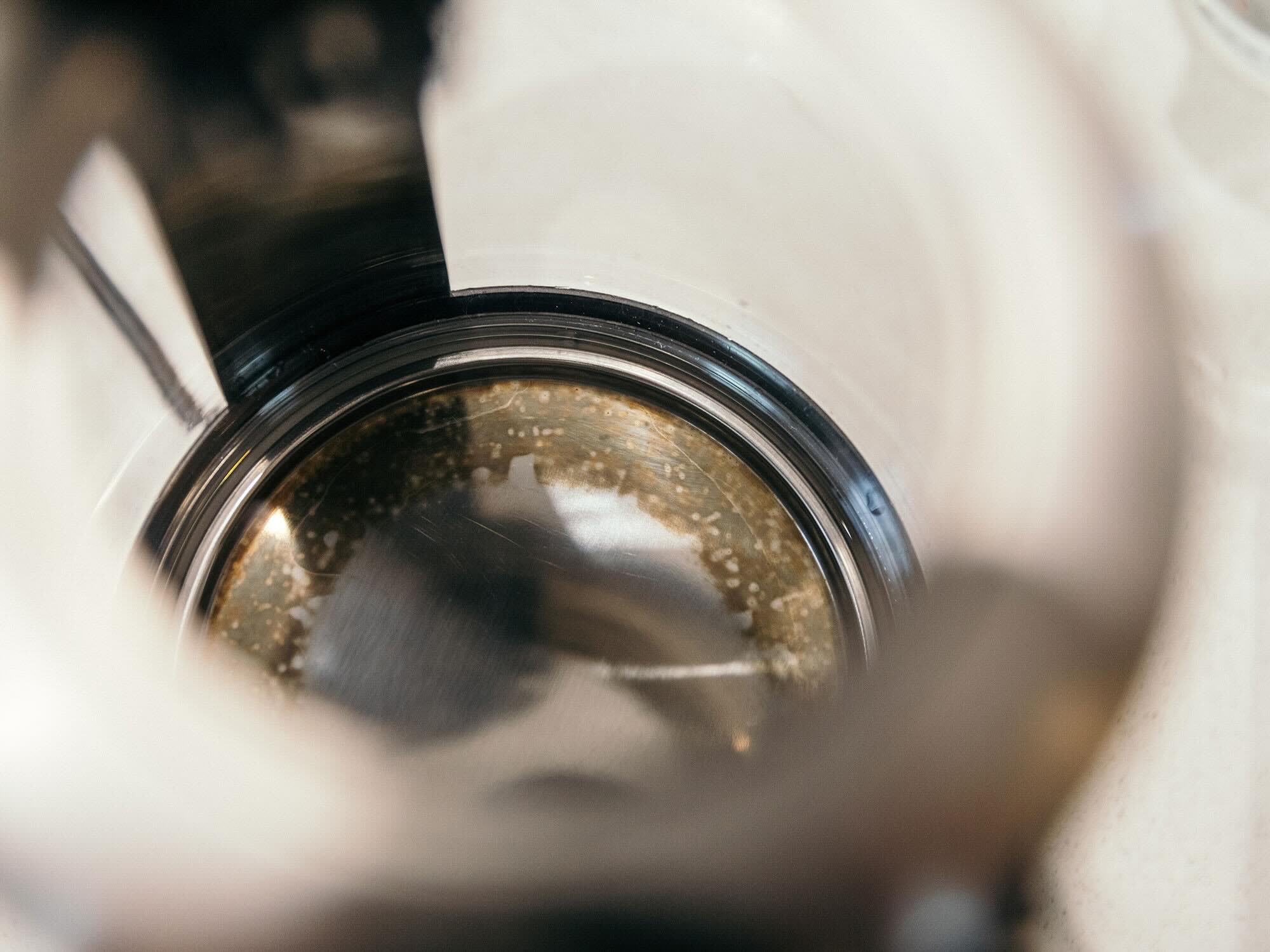
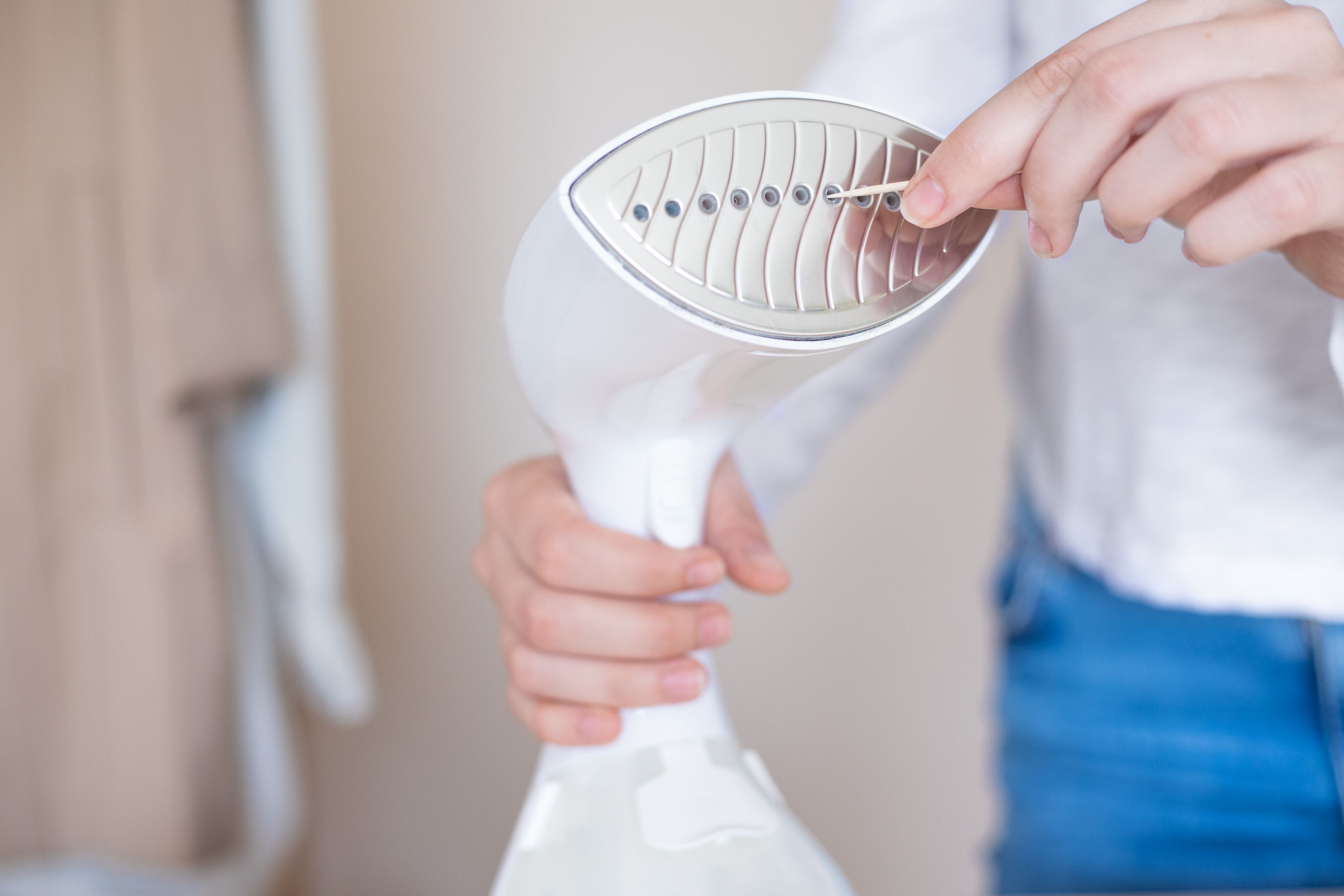
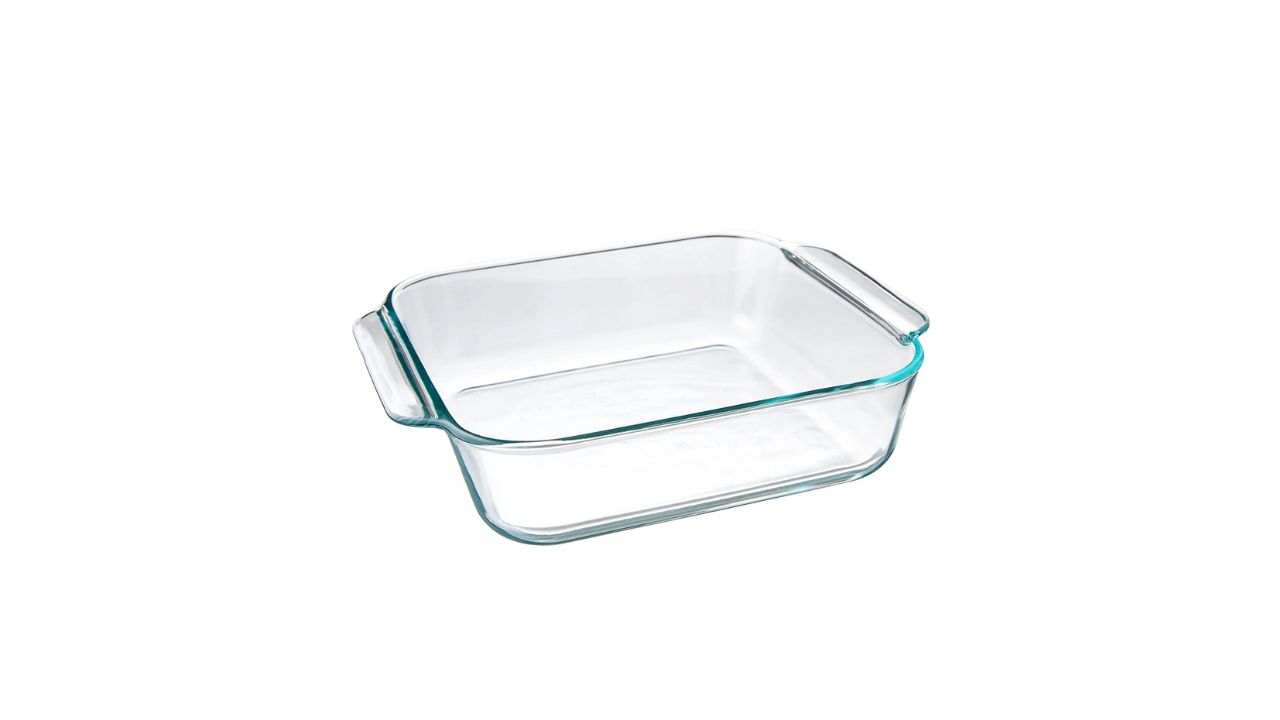
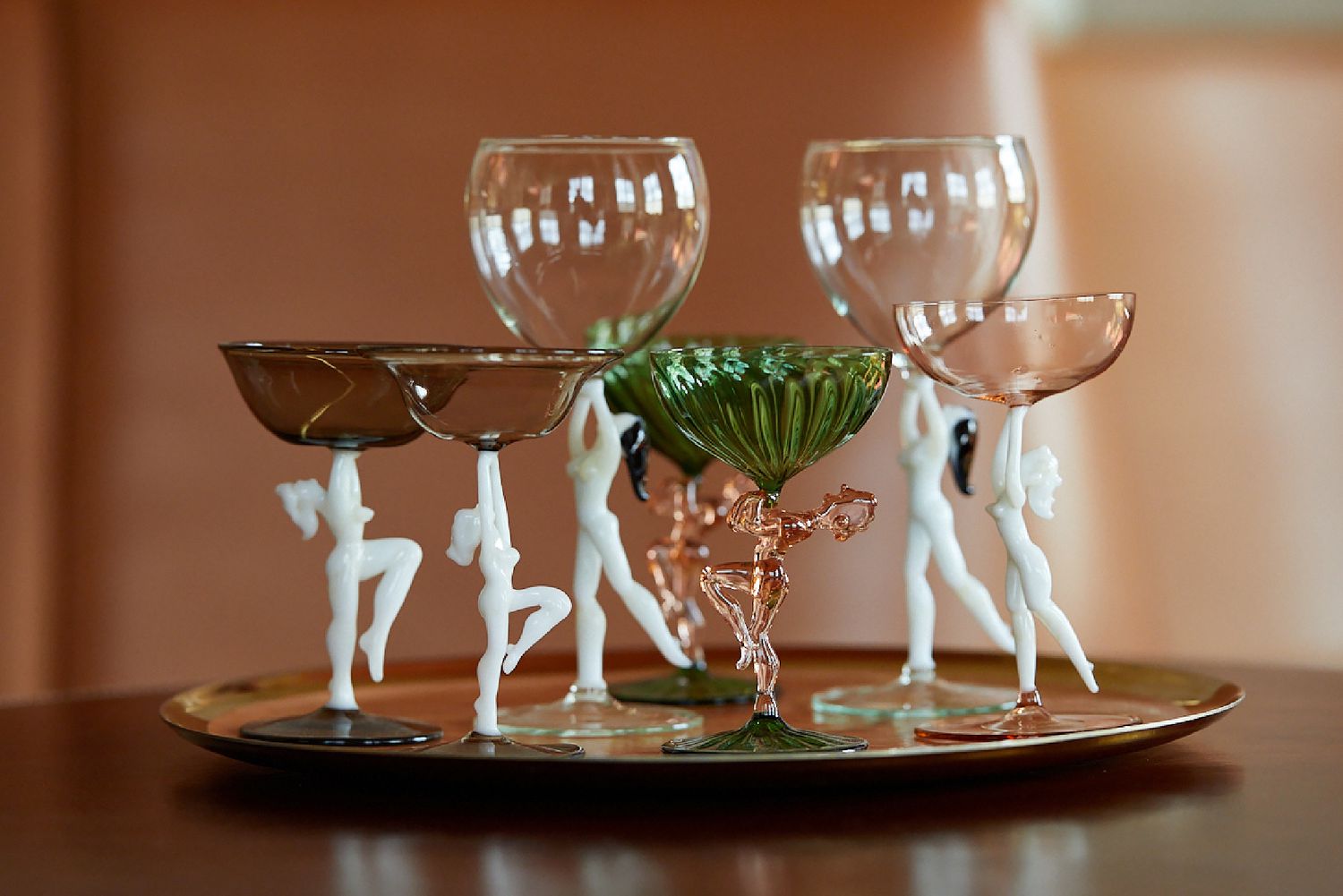
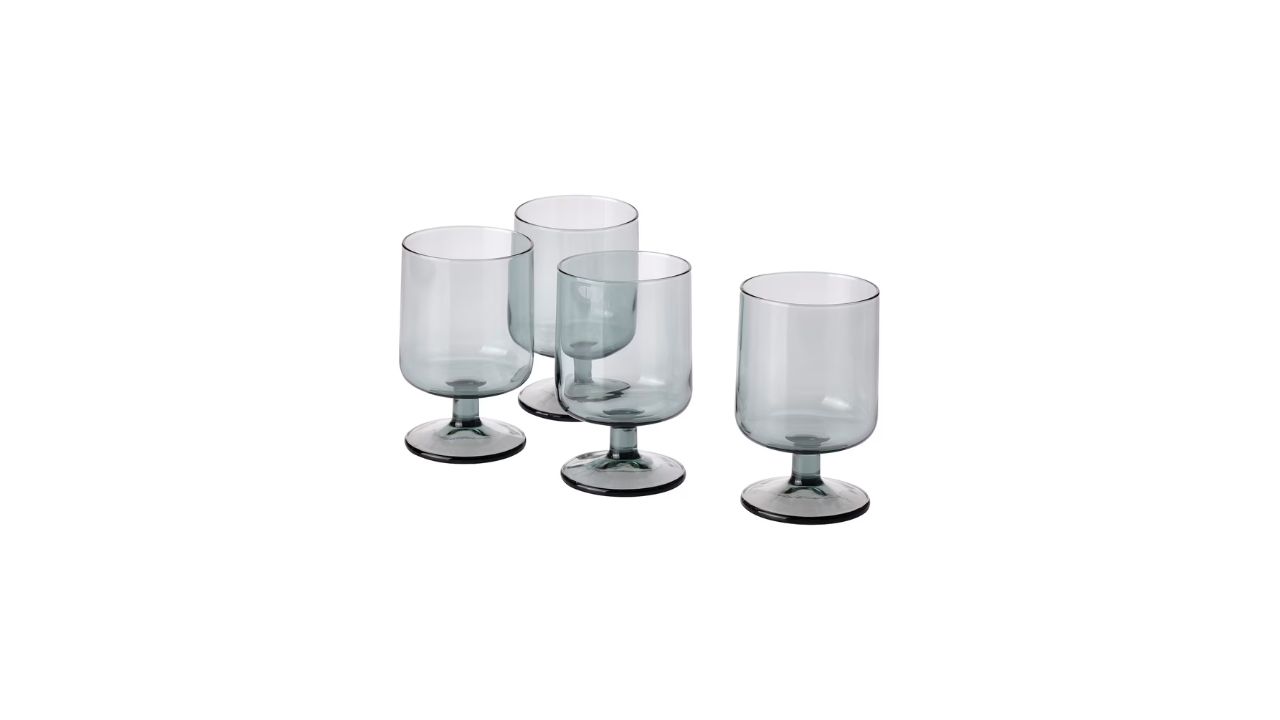
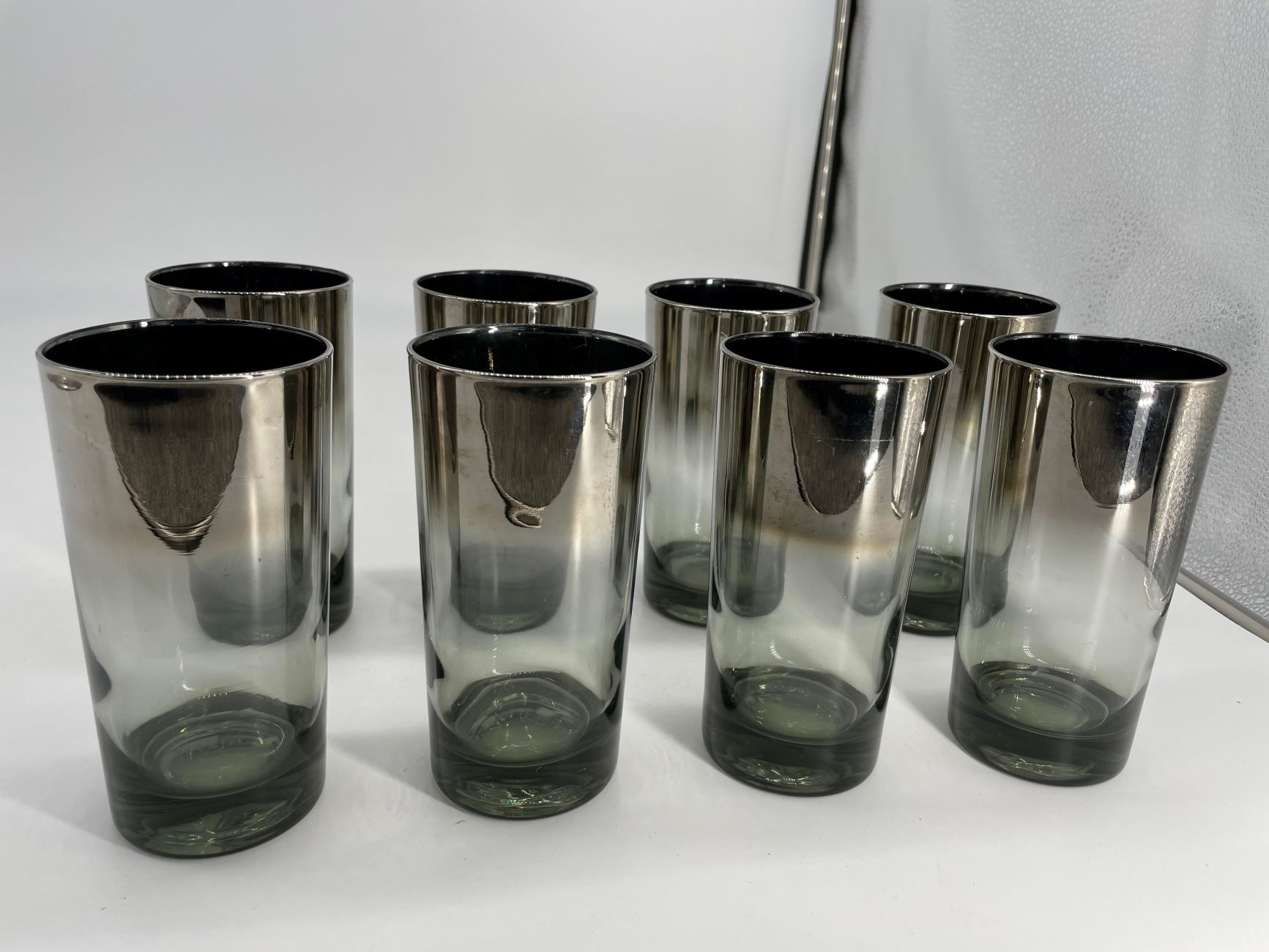
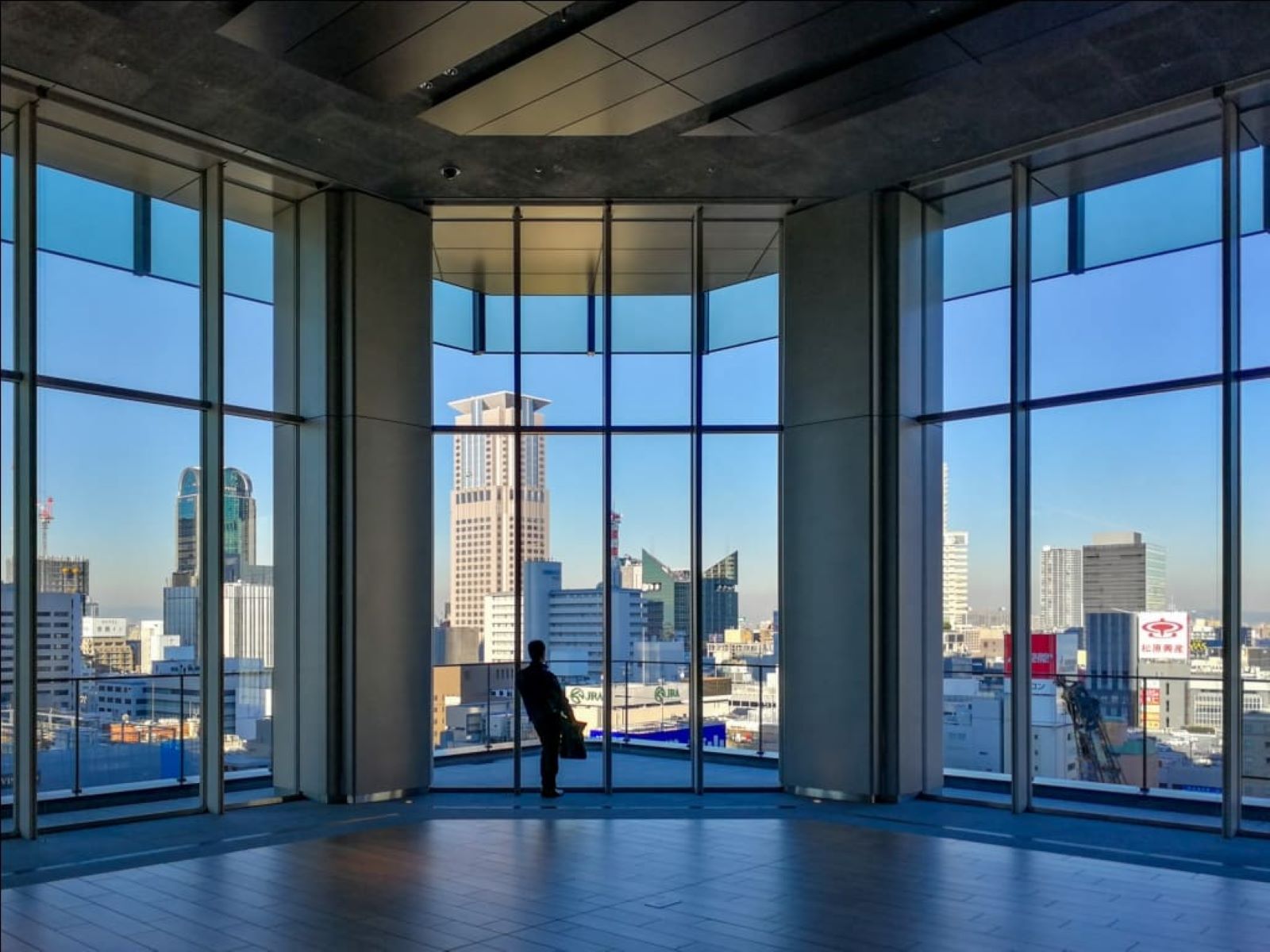
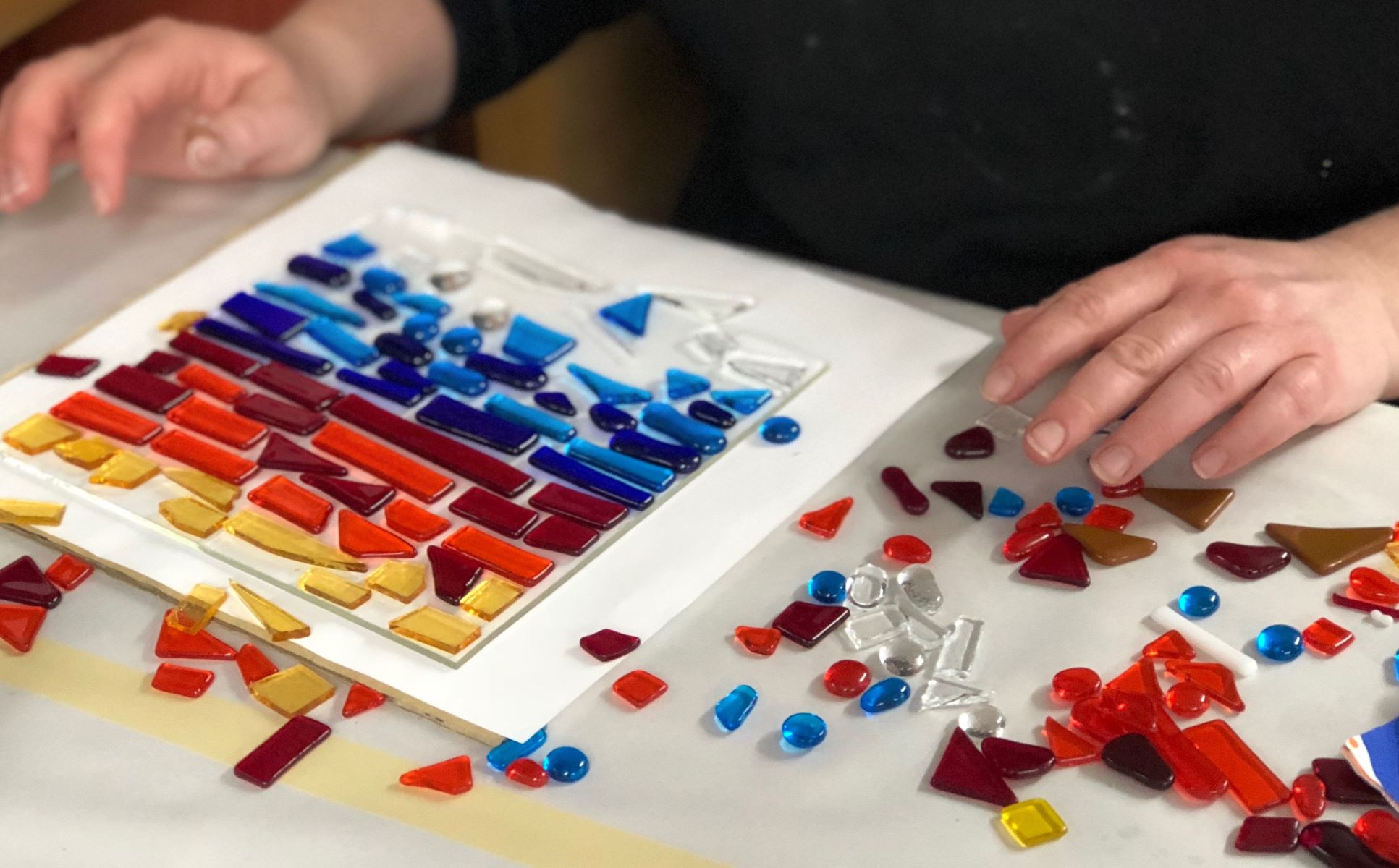

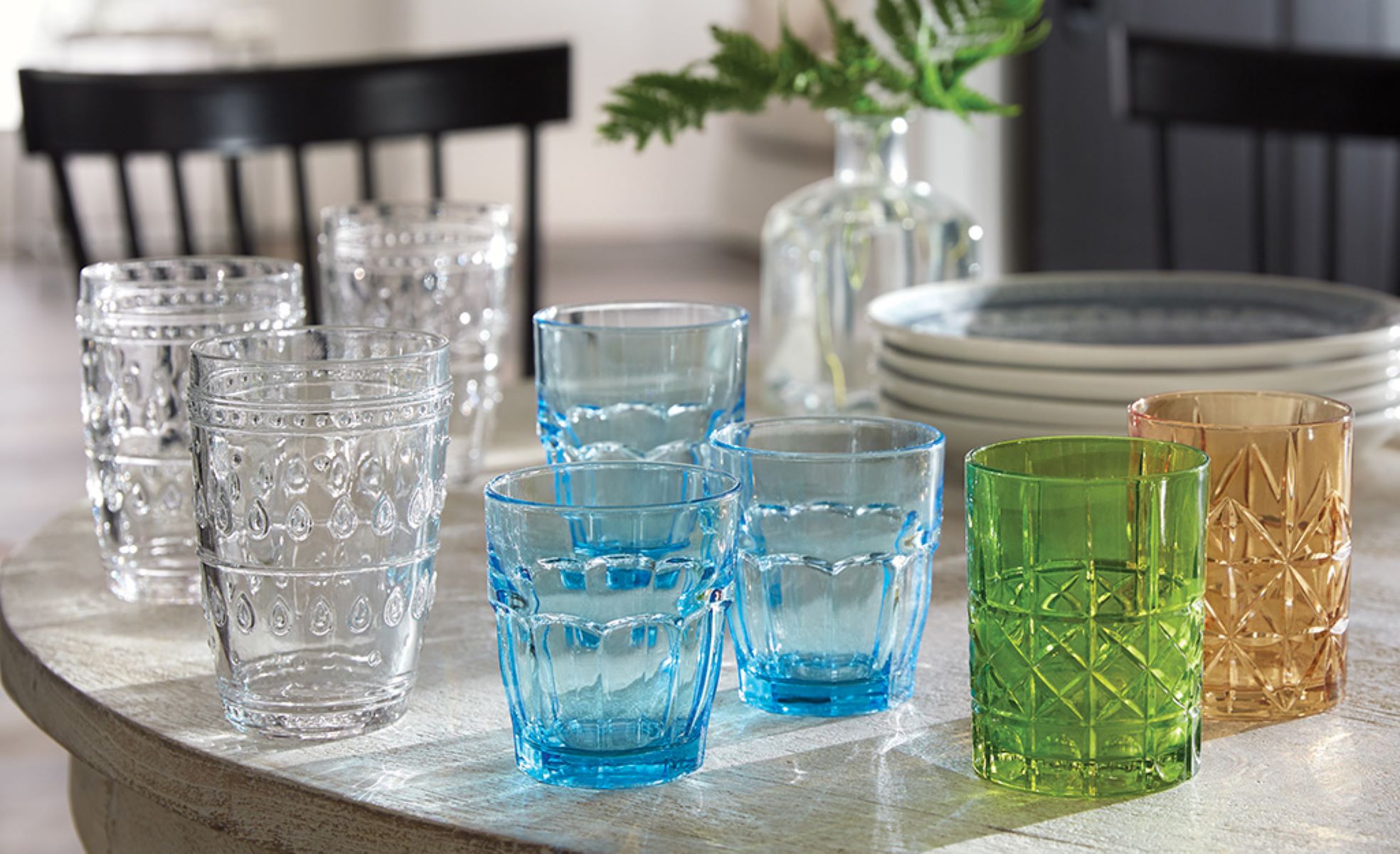

0 thoughts on “What Is Mineral Glass”